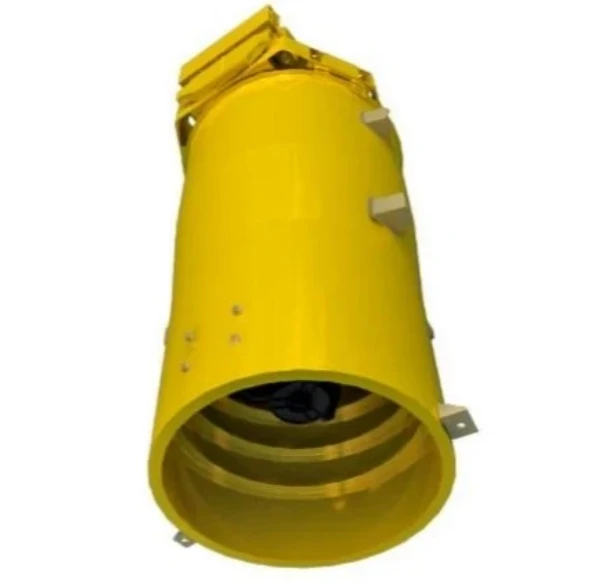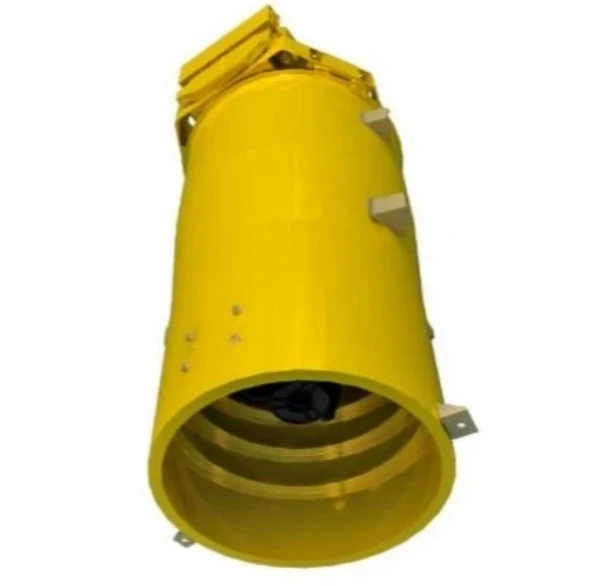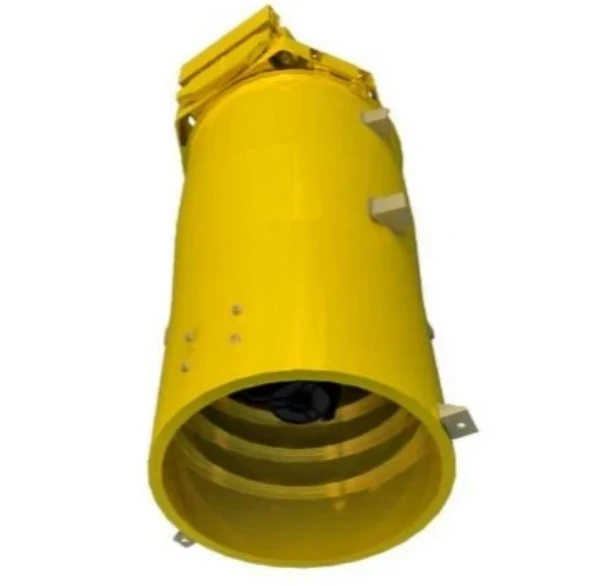
- Afrikaans
- Albanian
- Amharic
- Arabic
- Armenian
- Azerbaijani
- Basque
- Belarusian
- Bengali
- Bosnian
- Bulgarian
- Catalan
- Cebuano
- China
- Corsican
- Croatian
- Czech
- Danish
- Dutch
- English
- Esperanto
- Estonian
- Finnish
- French
- Frisian
- Galician
- Georgian
- German
- Greek
- Gujarati
- Haitian Creole
- hausa
- hawaiian
- Hebrew
- Hindi
- Miao
- Hungarian
- Icelandic
- igbo
- Indonesian
- irish
- Italian
- Japanese
- Javanese
- Kannada
- kazakh
- Khmer
- Rwandese
- Korean
- Kurdish
- Kyrgyz
- Lao
- Latin
- Latvian
- Lithuanian
- Luxembourgish
- Macedonian
- Malgashi
- Malay
- Malayalam
- Maltese
- Maori
- Marathi
- Mongolian
- Myanmar
- Nepali
- Norwegian
- Norwegian
- Occitan
- Pashto
- Persian
- Polish
- Portuguese
- Punjabi
- Romanian
- Russian
- Samoan
- Scottish Gaelic
- Serbian
- Sesotho
- Shona
- Sindhi
- Sinhala
- Slovak
- Slovenian
- Somali
- Spanish
- Sundanese
- Swahili
- Swedish
- Tagalog
- Tajik
- Tamil
- Tatar
- Telugu
- Thai
- Turkish
- Turkmen
- Ukrainian
- Urdu
- Uighur
- Uzbek
- Vietnamese
- Welsh
- Bantu
- Yiddish
- Yoruba
- Zulu
Exploring the Key Types of Mechanical Refrigeration and Related Equipment
Mechanical refrigeration is a vital technology used across various industries for temperature control, cooling, and preservation. Understanding the different types of mechanical refrigeration and the role of mechanical equipment in these systems is essential for businesses in manufacturing, healthcare, food storage, and other sectors. Additionally, with the integration of ventilating equipment and mechanical scrubbers, these systems not only provide cooling but also ensure safety and comfort in diverse environments.
What are the Types of Mechanical Refrigeration?
Mechanical refrigeration refers to the process of removing heat from a space or substance through mechanical means. This typically involves components such as a compressor, condenser, and evaporator. There are several types of mechanical refrigeration systems designed to suit various applications, from small-scale cooling to large industrial systems.
Compression refrigeration is the most common type of mechanical refrigeration. In this system, a compressor circulates refrigerant through the system, absorbing heat from the environment and expelling it in the condenser. This process makes it efficient for use in devices such as refrigerators, freezers, and air conditioners.
Absorption refrigeration works differently, using a heat source such as gas or solar energy to drive the cooling process instead of relying on a compressor. This type of system is often employed where electricity is unavailable or as a backup cooling solution.
Evaporative cooling, on the other hand, uses the natural process of water evaporation to cool the air, making it a more energy-efficient option for cooling large spaces like warehouses or agricultural facilities.
Each of these types of mechanical refrigeration systems offers distinct advantages depending on factors such as energy consumption, cost, and maintenance needs.
The Role of Mechanical Equipment in Cooling Systems
Mechanical equipment is fundamental to the operation of refrigeration and cooling systems. Key components, including compressors, evaporators, condensers, and heat exchangers, are all essential for maintaining optimal cooling efficiency. These components work together to ensure the system operates effectively, controlling the temperature and ensuring energy efficiency.
The mechanical equipment used in refrigeration is designed to withstand high pressures and temperatures, handling the complex thermodynamic processes involved in refrigeration. Ensuring that this equipment is robust and reliable helps prevent system failures, minimizes downtime, and ensures smooth operation in various settings.
Ventilating Equipment: Essential for Airflow and Comfort
In addition to refrigeration, ventilating equipment plays a crucial role in maintaining proper airflow in both residential and industrial spaces. Proper ventilation is necessary for maintaining air quality, regulating temperatures, and ensuring overall comfort in enclosed spaces.
When integrated with mechanical refrigeration, ventilating equipment circulates cooled air throughout buildings, preventing hotspots and ensuring that air flows evenly. This is essential in large commercial spaces, factories, and offices, where maintaining a consistent temperature is crucial. Moreover, the addition of ventilating equipment enhances the effectiveness of refrigeration systems by optimizing airflow and air quality.
Mechanical Scrubber: Maintaining Clean Air in Cooling Systems
A mechanical scrubber is another vital component in industrial and commercial settings, especially where air quality is of paramount concern. These devices work by removing dust, pollutants, and particulate matter from the air, ensuring a healthier and cleaner environment.
In refrigeration systems, mechanical scrubbers can be used to clean the air or gases circulating through the system. They employ mechanical force, such as rotating brushes or filtering mechanisms, to trap contaminants before they are released back into the atmosphere. This is especially important in industries like food storage and pharmaceuticals, where the quality of the air directly impacts the products being stored.
Integrating Refrigeration, Ventilation, and Scrubbing for Efficiency
The combination of mechanical refrigeration, ventilating equipment, and mechanical scrubbers creates a highly efficient and effective system for both temperature control and air quality management. By ensuring that these systems work in harmony, businesses can reduce energy consumption, maintain the ideal temperature, and improve air quality.
These integrated systems are widely used across many sectors, from food storage to pharmaceuticals to manufacturing plants. In each case, the goal is to provide reliable cooling, ensure energy efficiency, and maintain a comfortable and clean environment. When all components work together seamlessly, businesses can achieve maximum efficiency and reliability.
Mechanical equipment FAQs
What are the main types of mechanical refrigeration?
The main types of mechanical refrigeration are compression refrigeration, absorption refrigeration, and evaporative cooling. Each type uses a different method to remove heat and maintain desired temperatures for a range of applications.
How does mechanical equipment contribute to refrigeration systems?
Mechanical equipment such as compressors, condensers, and evaporators are critical components in refrigeration systems. They circulate refrigerants, remove heat, and maintain cooling efficiency, ensuring that the system operates optimally.
What role does ventilating equipment play in cooling systems?
Ventilating equipment ensures proper airflow, enhancing cooling efficiency and comfort. It circulates cooled air throughout a space, preventing temperature imbalances and ensuring a consistent environment, especially in large or industrial settings.
How do mechanical scrubbers improve air quality?
Mechanical scrubbers remove contaminants, dust, and pollutants from the air. In refrigeration systems, they help cleanse the air or gases circulating through the system, ensuring a cleaner and healthier environment.
How can mechanical refrigeration, ventilation, and scrubbers work together?
By combining mechanical refrigeration, ventilating equipment, and mechanical scrubbers, businesses can optimize energy efficiency, improve air quality, and maintain ideal temperatures in various industrial and commercial spaces.











